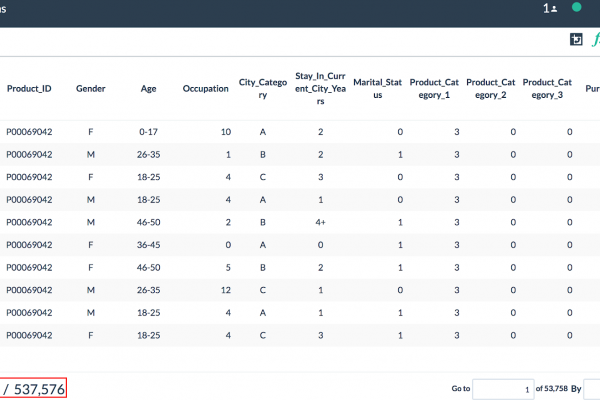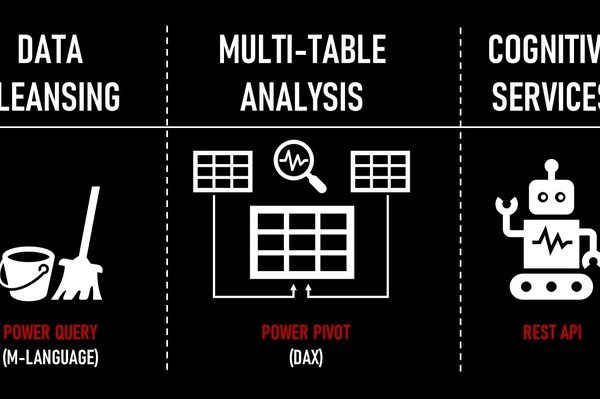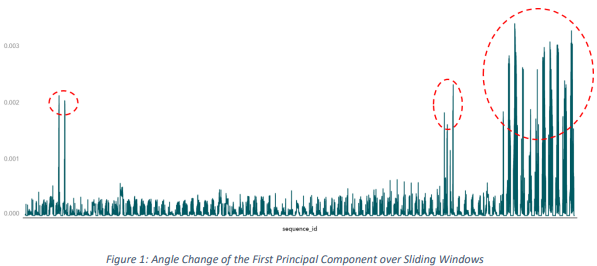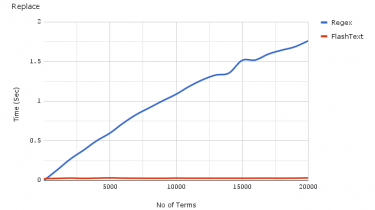Stocks, Significance Testing & p-Hacking: How volatile is volatile?
October is historically the most volatile month for stocks, but is this a persistent signal or just noise in the data? Stocks, Significance Testing & p-Hacking. Follow me on Twitter (twitter.com/pdquant) for more. Over the past 32 years, October has been the most volatile month on average for the S&P500 and December the least, in this article we will use simulation to assess the statistical significance of this observation and to what extent this observation could occur by chance. All code […]
Read more








